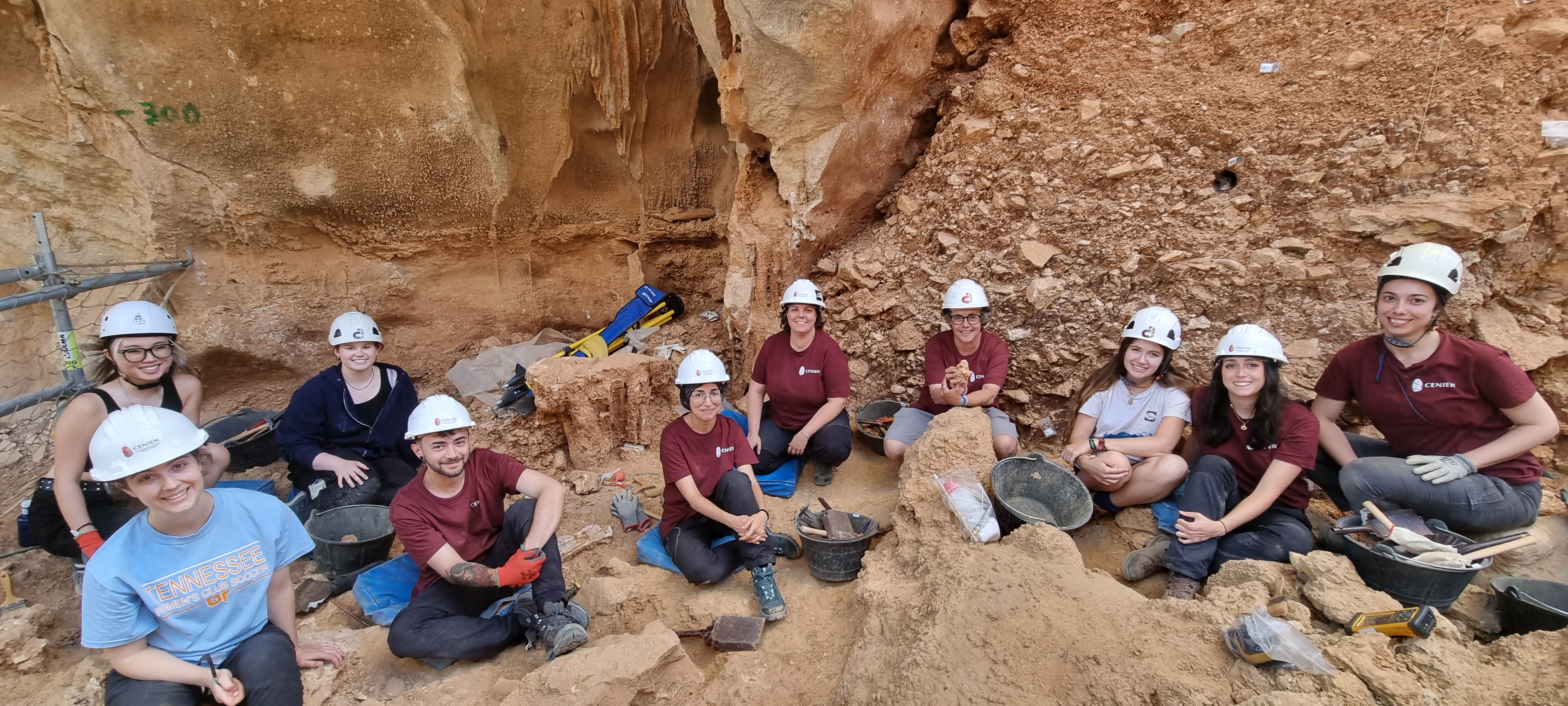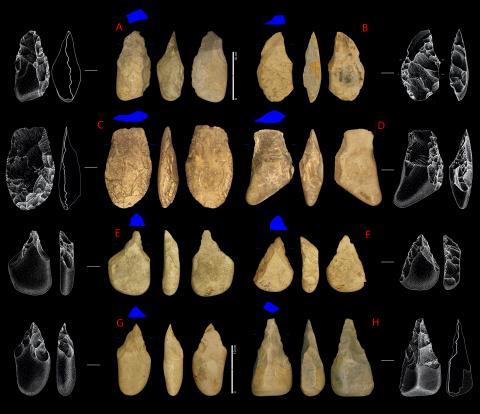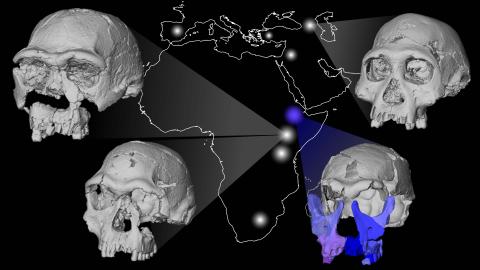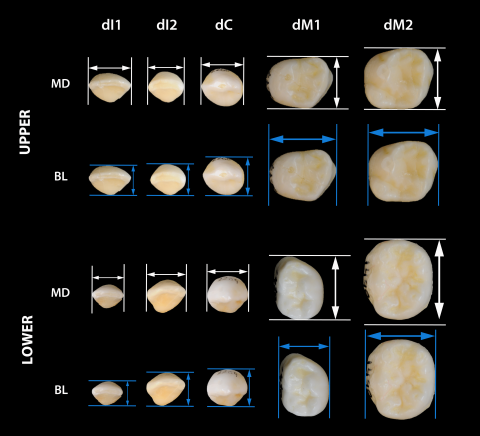CENIEH takes part in a key campaign that reinforces Atapuerca’s exceptional value as an international benchmark in human evolution, marked by the discovery of new Homo antecessor remains.
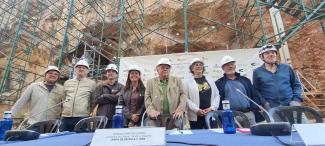
On June 20th, the 47th excavation campaign began at the archaeological sites of the Sierra de Atapuerca (Burgos), under the direction of María Martinón-Torres, Director of the National Research Centre on Human Evolution (CENIEH), and CENIEH geologist Alfonso Benito Calvo, along with Juan Luis Arsuaga, José Miguel Carretero, Marina Mosquera, Ignacio Martínez, and Andreu Ollé. The campaign stands out for the discovery of new remains of Homo antecessor.
More than 300 people participated in this campaign, working across some twenty sites, including Sima del Elefante, Galería, Gran Dolina (TD3 and TD6 levels), Penal, Cueva Fantasma, El Mirador, El Portalón, Sima de los Huesos, Galería de las Estatuas (interior and exterior), and the open-air site of Aymerich, as well as in the sediment-washing station along the Arlanzón River.
At Sima del Elefante, excavations continued in level TE7, with important finds such as lithic tools made of flint and quartzite, and a diverse faunal assemblage including horse, fallow deer, bear, and beaver remains. Additionally, the confirmation of an ancient fluvial terrace will aid in reconstructing the site's palaeoenvironment. At Galería, over 1,300 faunal remains and 40 lithic tools were recovered. A macaque molar, the first of its kind found at the site, and evidence of animal processing in a natural trap confirm the area’s use for resource procurement.
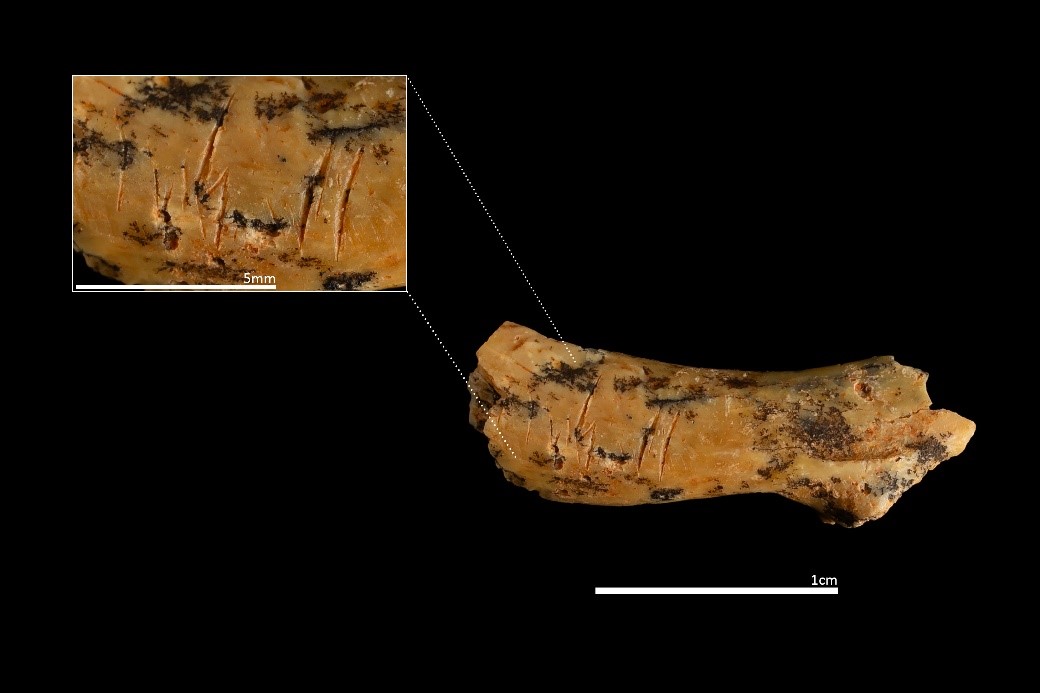
At Gran Dolina, in level TD6, the most significant discovery of the campaign was made: a new set of 10 Homo antecessor fossils, including a young adult and a child. Some bones show cut marks and breakage, reinforcing evidence of cannibalistic practices at the site. A hyena latrine with over 1,300 coprolites was also documented. In TD3, the complete skull of a European jaguar and numerous large mammal remains were uncovered.
At Penal, located on the opposite side of the Trinchera del Ferrocarril and closely related to Gran Dolina, a dozen lithic tools made from five types of raw materials were recovered. Using a hydraulic arm, researchers accessed difficult areas. The technological features of these tools reinforce their link to Homo antecessor, suggesting that Penal may be an extension of level TD6 from an ancient cave entrance.
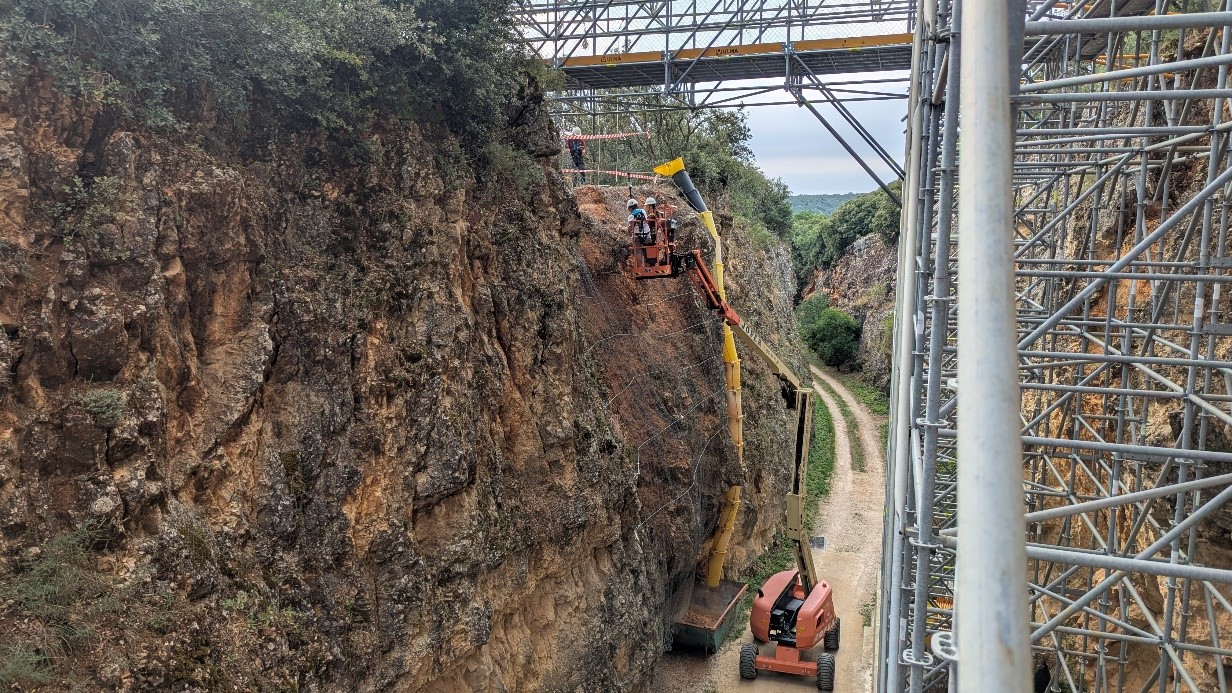
En Cueva Fantasma, se han identificado herramientas neandertales elaboradas con la técnica Levallois y restos de caballos con marcas de procesamiento humano. En el sector más profundo, se ha localizado un antiguo cubil de hienas con restos faunísticos y coprolitos de Pachycrocuta, datados en torno a un millón de años. En El Portalón (Cueva Mayor), se ha avanzado en niveles del Neolítico (7300 años) y la Edad del Bronce (3300–3600 años), donde destacan hogares, útiles líticos y óseos, cerámicas decoradas y fauna doméstica y salvaje. Entre los hallazgos más relevantes figura el posible registro más antiguo de Mus musculus (ratón doméstico) en la península ibérica.
En la Sima de los Huesos, se ha alcanzado el nivel con restos de oso, antesala de los fósiles humanos que se esperan encontrar en la próxima campaña. En Galería de las Estatuas Exterior, se han recuperado más de 300 piezas de industria musteriense en lo que parece haber sido un taller neandertal. Y En Estatuas interior, se ha ampliado la excavación en dirección a anteriores hallazgos de fósiles humanos, destacando este año una falange de león, especie aún no documentada en el yacimiento.
En el asentamiento al aire libre de Aymerich, situado en la Base Militar Cid Campeador, se han recuperado más de 3000 piezas de sílex neógeno, confirmando otra ocupación neandertal al aire libre en el entorno del valle del Arlanzón.
At Cueva Fantasma, Neanderthal tools made using the Levallois technique and horse bones with evidence of human processing were identified. In the deepest sector, an ancient hyena den was found, with faunal remains and Pachycrocuta coprolites dated to around one million years ago. At El Portalón (Cueva Mayor), progress was made in Neolithic levels (7,300 years ago) and Bronze Age layers (3,300–3,600 years ago), featuring hearths, lithic and bone tools, decorated ceramics, and both domestic and wild animal remains. Among the notable finds is the possible earliest record of Mus musculus (house mouse) in the Iberian Peninsula.
At Sima de los Huesos, the level with bear remains was reached—just above the expected human fossil-bearing layers to be excavated in the next campaign. At Galería de las Estatuas Exterior, over 300 Mousterian tools were found in what appears to be a Neanderthal workshop. In the interior area, the excavation was expanded toward previous fossil discoveries, with this year’s highlight being a lion phalanx—never before documented at the site.
At the open-air site of Aymerich, located within the Cid Campeador military base, more than 3,000 pieces of Neogene flint were recovered, confirming another Neanderthal occupation in the Arlanzón Valley area.
National and international participation
The campaign involved researchers, technicians, and students from around ten Spanish institutions that form part of the Atapuerca Project: CENIEH, IPHES-CERCA, the UCM–Instituto de Salud Carlos III Joint Centre, and the universities of Burgos, Rovira i Virgili, Alcalá, León, Zaragoza, the Basque Country, and Isabel I.
The international dimension of the project was strengthened by the participation of students from University College London, the National Museum of Georgia (through a collaboration with the Atapuerca Foundation), and the University of Buenos Aires, in partnership with the University of Alcalá. This institutional diversity consolidates Atapuerca’s status as a global benchmark in research and training in human evolution.
